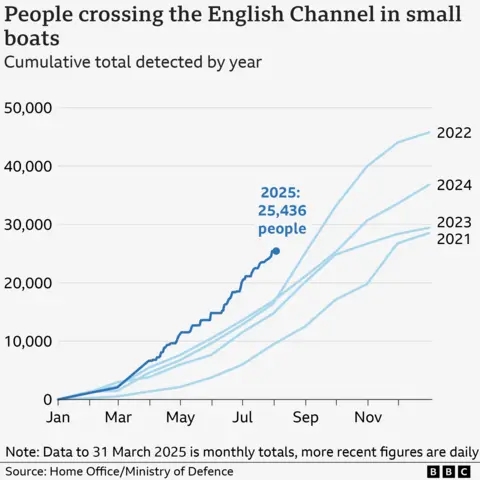Starting 12 October, travelers entering or leaving the EU will no longer receive passport stamps. Instead, biometric checks—including fingerprint and facial scans—will be required under the new Entry/Exit System (EES). The rollout will take six months, with full implementation expected by April 2026.
Originally scheduled for last November, the system faced delays due to technical issues. Once in place, non-EU visitors, including British nationals, must register their biometric data alongside passport details. Those who refuse will be denied entry.
Currently, border officers manually stamp passports, but under EES, travelers will scan their fingerprints and have their photo taken at dedicated booths in airports, ports, or train stations. The data will remain valid for three years, allowing faster verification on future trips. E-passport holders can also use automated e-gates.
While registration is free, overstayers without a visa will have their data stored for five years. The EU claims the system will enhance security and eventually speed up border crossings, though initial delays are expected.
Since Brexit, UK travelers have faced longer queues at EU borders, particularly in popular destinations like France. To ease congestion, handheld devices will be provided for car passengers, and pre-registration will be available.
The UK and EU recently agreed that British nationals can use EU e-gates—but only after EES launches. Some countries, including Germany and Bulgaria, already permit UK citizens to use these gates.
Despite concerns over potential bottlenecks, authorities insist the new system will streamline travel in the long run.









